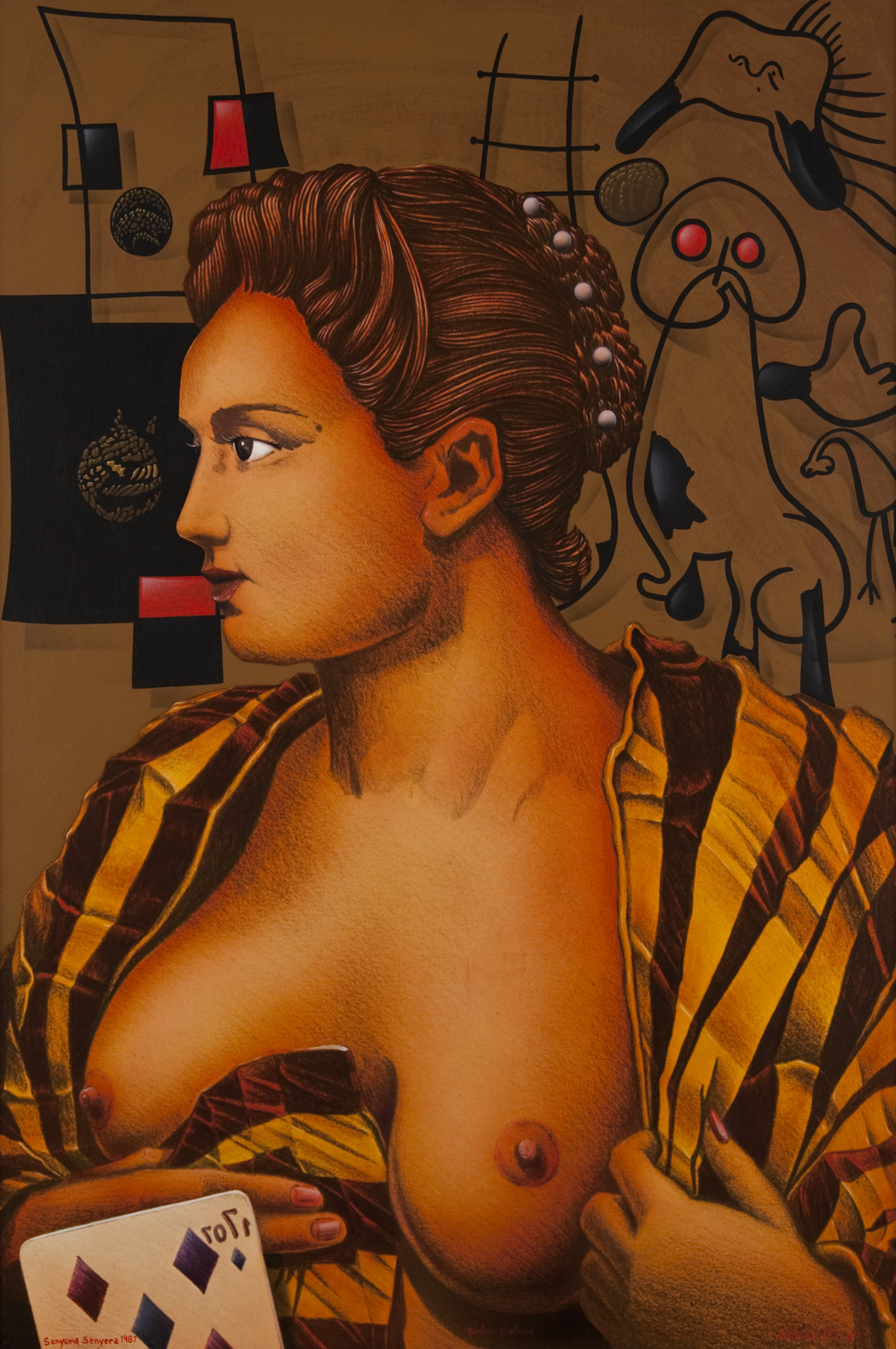See the truth. A half-hearted challenge between Cicero and Antoni Miró
"Nature has placed in our minds an insatiable desire to see the truth", thus Cicero conceives the passion of men to reach the truth, to translate it from their passions and their needs. The truth as a conceptual reference that comes together on the intellectual musculature of human beings. The truth located at the top of the column of virtues that embody Platonic desire, from the cleanliness of knowledge. The neatness, in its pure stage, and following the arguments of beauty.
Antoni Miró frequents the same Ciceronian desire, and with his creative work intervenes in reality to subvert it, to tell it, to transgress it in any of its phases of extreme appearance. The painting, inoculated by the need to show the other reality that lives beyond the circumstantial mirror of the hours, explores the power of truth. To tell the truth. To show the scars of the pain, as well as the causes that infer it. And "seeing the truth" has become a restitution of the principles, also in the careful need of the office that the gods laugh. Antoni Miró, like Cicero, is in favour of giving the word to the rebellious, to whom force answers with the hands of dignity. And the ropes are broken, at least in the interlude of time, with the hope that the truth, the only possible and that breaks into a thousand bouts of self-esteem, shine: "The truth of no thing is ashamed but to be hidden", says, from his judicious reflection, Felix Lope de Vega. The painter reveals, with his recognized tenacity, all the energy that men need to go to the strokes of truth. And he follows his trail, the artist, at the moment of intervening, with the brushes, the space where feelings are held. In each bold line, in each of the strokes of his paintings, the pure need to "see the truth" rises, and to refer it to attract, not only the look, but also the subtle springs of complicity.
Josep Sou
